#natural color
Text

Only the best on Christmas Eve.
17 notes
·
View notes
Text

#THIS MARK !!#stage#mark#nct#nctzen#best rapper#mark lee#lockscreen#wallpaper#blue hair#era#concert#natural color#nct127#nct the link#chain
38 notes
·
View notes
Text


#me#redhead#<3#red hair#redhair#today#day#hair#natural#natural hair#natural redhead#natural color#natural red hair#natural ginger
63 notes
·
View notes
Text
100% NATURAL AMETHYST 10 MM CUSHION CABOCHON- AAA QUALITY AMETHYST SMOOTH CABOCHON FOR JEWELRY MAKING
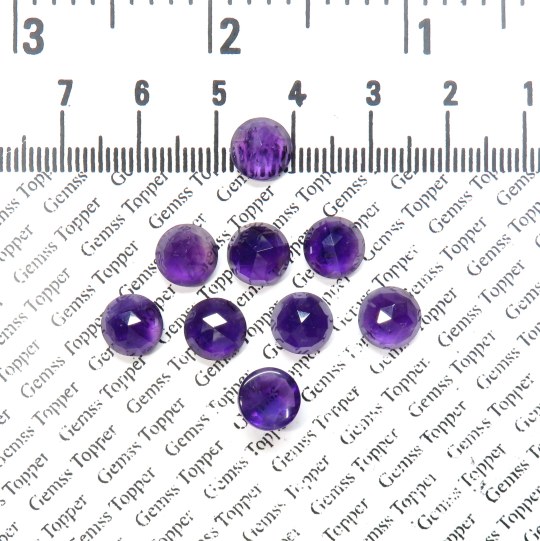
NATURAL AMETHYST
This 100% natural amethyst Cushion cabochon is a dazzling piece of jewelry-making material. Its deep purple color is simply stunning, and its Cushion shape is both unique and eye-catching. It is sure to turn heads wherever you go!
INTRODUCTION
It is a semi-precious gemstone that is a variety of quartz. It is characterized by its deep purple color, which is caused by the presence of iron impurities. It is one of the most popular gemstones in the world, and it has been prized for its beauty and its metaphysical properties for centuries.
History of Amethyst
It has been used for centuries for its beauty and its metaphysical properties. The ancient Greeks and Romans believed that It could protect against intoxication, and it was often worn as a talisman by sailors and soldiers.
In the Middle Ages, It was believed to be a powerful protection against evil spirits. It was also used to promote sobriety and chastity. It was also popular among alchemists, who believed that it could transmute base metals into gold.
Properties of Amethyst
It is a hard gemstone, with a Mohs hardness of 7. This means that it is relatively resistant to scratches. It is also a relatively durable gemstone, and it can withstand heat and chemicals.
It is typically found in shades of purple, ranging from light lavender to deep purple. However, It can also be found in other colors, such as yellow, orange, and green.
Sources of Amethyst
It is found in many parts of the world, including Brazil, Uruguay, South Africa, and the United States. However, the largest producer of amethyst is Brazil.
Uses of Amethyst
It is used in a variety of ways, including jewelry, ornamental objects, and metaphysical tools. It is a popular gemstone for jewelry, and it is often used in necklaces, earrings, bracelets, and rings. Amethyst is also used in ornamental objects, such as figurines and vases.
It is also used in metaphysical tools, such as meditation crystals and healing wands. It is believed to promote peace, tranquility, and spiritual awareness. It is also believed to be helpful for reducing stress, anxiety, and insomnia.
Metaphysical Properties of Amethyst
It is said to have a number of metaphysical properties, including:
Protection: It is believed to protect against negative energy and harmful influences.
Calmness: It is said to promote calmness and relaxation.
Insight: It is said to promote spiritual insight and intuition.
Creativity: It is said to stimulate creativity and imagination.
Healing: It is said to be helpful for healing physical and emotional ailments.
Care for Amethyst
.. It can be cleaned with mild soap and water. It should be stored in a cool, dry place to prevent it from fading.
Conclusion
It is a beautiful and versatile gemstone with a long and rich history. It is a popular choice for jewelry, ornamental objects, and metaphysical tools. Amethyst is believed to promote peace, tranquility, and spiritual awareness. It is also believed to be helpful for reducing stress, anxiety, and insomnia.
Additional Information
The name “amethyst” comes from the Greek word “amethustos,” which means “not drunken.” The ancient Greeks believed that It could prevent intoxication.
The largest amethyst geode in the world is the Empress of Uruguay, which is located in Artigas, Uruguay. The geode is 3.27 meters tall and weighs 2.5 tons.
Amethyst is the birthstone for the month of February.
Amethyst is often used in wedding jewelry, as it is believed to promote fidelity and love.
Amethyst is a popular gemstone for metaphysical practitioners, as it is believed to have a number of healing and protective properties.
There are many belief about this Stone which is being believed by people!
#Natural Amethyst#Amethyst Pendant#Amethyst Gemstone#amethyst rings#amethyst meaning#amethyst crystal#Gemstones#Natural gemstones#Handcrafted gemstones#Unique gemstones#Rare gemstones#Precious gemstones#Semi-precious gemstones#Gemstone jewelry#Gemstone necklaces#Gemstone bracelets#Gemstone earrings#Natural Gemstone#Natural Color#Faceted Gemstone#Calibrated Gemstone#Gemmy#Gems#Gem#Gemstone Pendant#Gemstone Cabochon#Loose Gemstone#Gift for Her#Gift Ideas#Untreated Gemstone
5 notes
·
View notes
Text



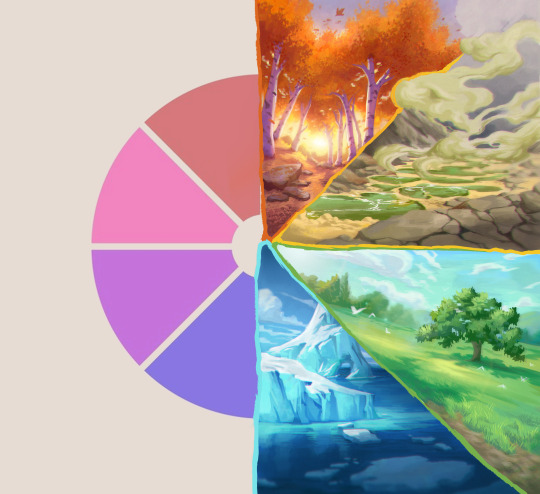




A world full of colors
Full color wheel challenge, what a fun challenge <3
#draw#drawing#artwork#digital art#digitalpainting#digital drawing#art#color#colorful#colors#color wheel challenge#color wheel trend#color wheel challenge but with landscapes!#art challenge#scenery art#scenery#landscape art#landscape#nature and landscape#environment art#br artist#br art#brazilian artist#artists on tumblr#art on tumblr#illustration
45K notes
·
View notes
Text
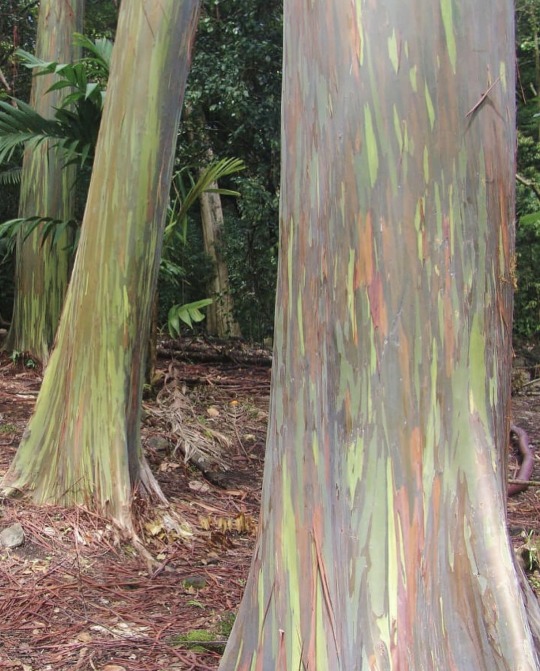
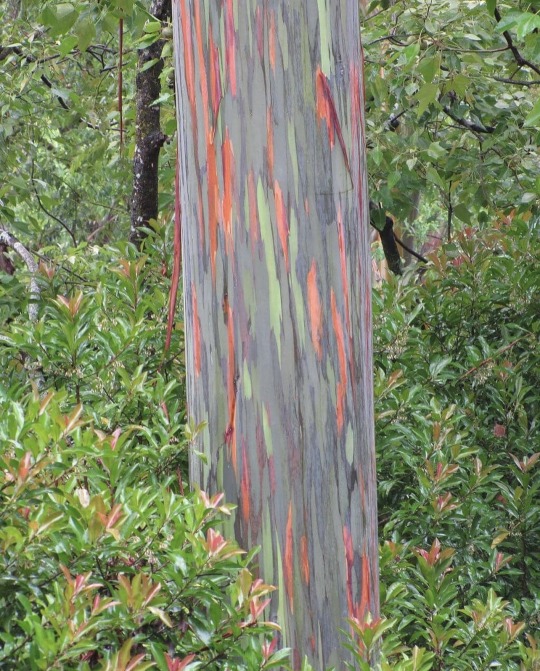

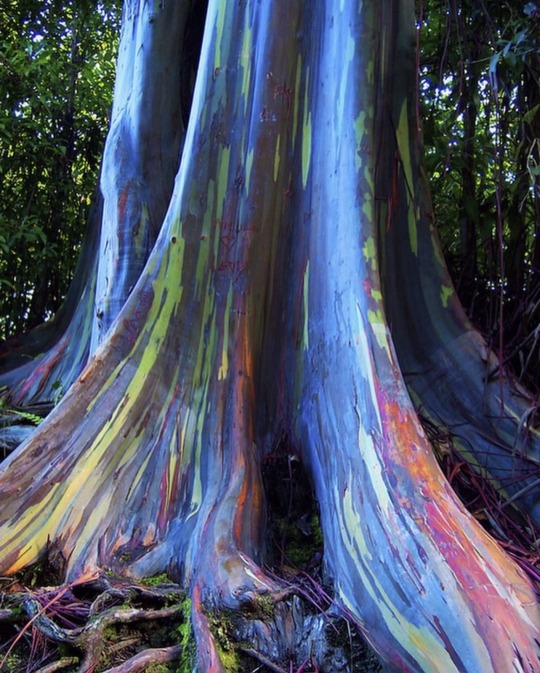
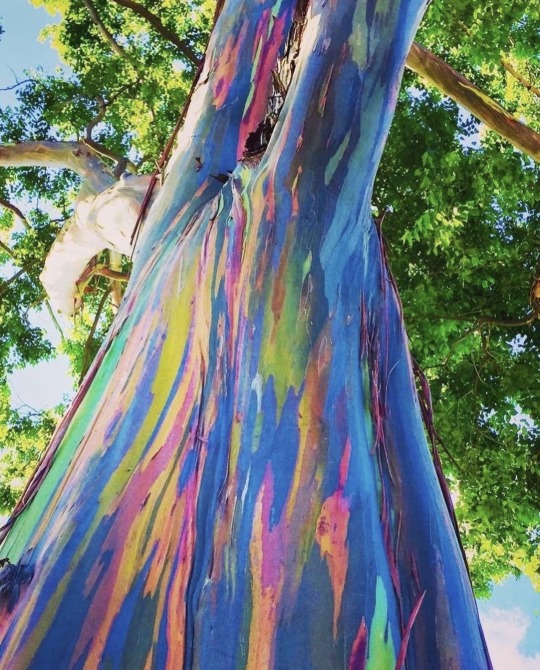
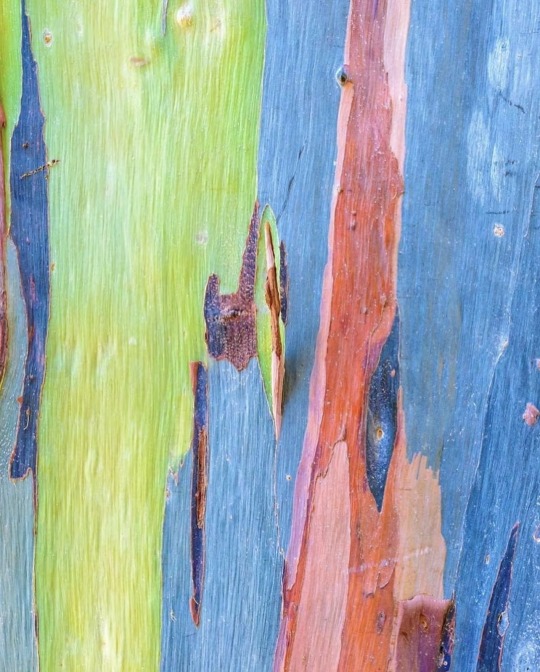
Rainbow Eucalyptus trees get their colorful appearance when they shed their bark, starting with bright green patches that gradually transform into orange, maroon, and blue hues
29K notes
·
View notes
Text
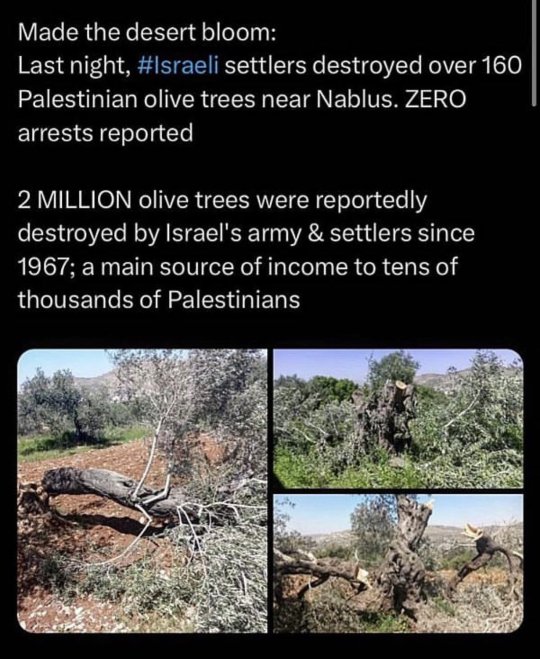


US literally is a teaching guide for war crimes.
#free palestine#politics#news#palestine#west bank#democrats#republicans#trees#botany#nature#native americans#military#woc#poc#women of color#colonialism#colonization#usa
8K notes
·
View notes
Text

#sky#sunset#naturecore#art nature#photography#cloudy#cottagecore#nature#aesthetic#rainbow#art#clouds#beautiful#scenery#art aesthetic#pretty#paradise#photografy#colors
23K notes
·
View notes
Text


#Vaporwave#aesthetic#ai art#digital art#colors#lofi#nostalgia#retrowave#video game#concept art#art#dreamscape#unreality#vibes#dreamcore#nature#greenery#green#atmospheric#architecture#window view#morning#cozy#mist#balcony#humidity#forest#mountains#rain
20K notes
·
View notes
Text

It takes time.
#nature#plants#illustration#foliage#green#image described#alt text#digital art#this wasn't the original color scheme but i love this particular shade of green#theres a purple version later#but last one of this car series#original#non fandom tag
15K notes
·
View notes
Text

The latest additions to my scotch collection. I couldn’t find either one of these bottles locally, thankfully Texas is one of those free states that allow shipments of alcohol directly to your door.
24 notes
·
View notes
Text
Embracing Transparency: The Rise of Clean Label Food Colors
In today's health-conscious society, consumers are increasingly scrutinizing the ingredients in their food and beverages. This has led to a growing demand for clean label products, with emphasis on natural and recognizable ingredients. One area that has garnered attention is food coloring. The shift towards clean label food colors represents a significant milestone in the food industry, offering consumers a more transparent and wholesome choice. In this guide, we'll explore the concept of clean label food colors, their benefits, and their impact on the food industry.

What Are Clean Label Food Colors?
Clean label food colors are natural colorants derived from plant, fruit, and vegetable sources, as well as other naturally occurring substances. Unlike traditional artificial colorings, clean label colors are free from synthetic chemicals, additives, and artificial preservatives. They are made using processes that retain the integrity of the original source material.
The Benefits of Clean Label Food Colors
Transparency and Trust: Clean label food colors provide consumers with transparency about what they are consuming. With recognizable, natural ingredients, there is a higher level of trust in the product.
Reduced Allergen Risk: Synthetic colorings can sometimes contain allergenic compounds. Clean label food colors, sourced from natural ingredients, are less likely to cause allergic reactions.
Health Consciousness: Consumers are increasingly concerned about the impact of artificial additives on their health. Clean label food colors align with this trend, offering a more health-conscious alternative.
Cleaner Labeling: Clean label food colors allow for cleaner and more straightforward ingredient lists. This appeals to consumers who prefer products with fewer, more familiar ingredients.
Sustainability and Environmental Considerations: Many clean label food colors are sourced from renewable plant-based materials, making them more environmentally friendly than some synthetic alternatives.
Meeting Regulatory Standards: Clean label food colors often have a simpler regulatory approval process compared to synthetic colors, which can be subject to more stringent testing and oversight.
Natural Flavor Complement: Clean label food colors can often provide subtle flavor enhancements, contributing to a more authentic taste profile in the final product.
Impact on the Food Industry
Product Innovation: The rise of clean label food colors has prompted food manufacturers to explore creative ways to incorporate natural colors into their products. This has led to a surge in innovative and visually appealing food offerings.
Consumer-Centric Marketing: Food companies are increasingly highlighting the use of clean label food colors in their marketing efforts. This resonates with health-conscious consumers who seek products that align with their values.
Ingredient Sourcing and Traceability: The demand for clean label food colors has led to a focus on ingredient sourcing and supply chain transparency. This emphasis on traceability ensures that the sourcing of natural colors meets high-quality standards.
Regulatory Compliance: The food industry is adapting to meet regulatory standards for clean label products, ensuring that clean label food colors meet the necessary safety and quality requirements.
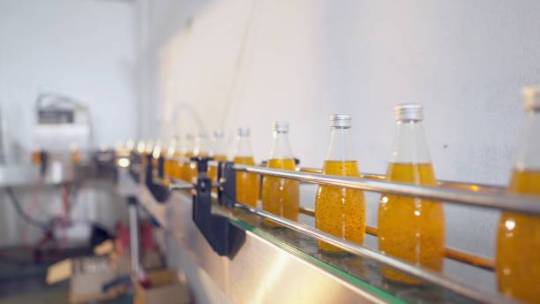
The emergence of clean label food colors reflects a broader shift towards transparency, natural ingredients, and consumer empowerment. As more individuals seek wholesome, recognizable ingredients, the demand for clean label food colors is likely to continue growing. Food manufacturers, in turn, are responding by innovating with natural color sources, enhancing product offerings, and prioritizing ingredient transparency. This evolution in food coloring not only meets consumer preferences but also fosters a more health-conscious and sustainable food industry. Embracing clean label food colors is a step towards a more transparent and wholesome approach to food production.
Transform your creations with Vivify's Clean Label Food Colors. Elevate your products naturally. Order now for vibrant, enticing appeal!
#fd&c colorants#Clean Label Food Color#tapioca syrup#Organic Rice Syrup USA#Corn Syrup Substitute#Food Color#Natural Color#Organic Brown Rice Syrup#Natural Red Color#Natural Blue Food Color#Rice Protein#natural food colour manufacturers#cosmetic pigments
1 note
·
View note
Text




#cottagecore#cottage aesthetic#naturecore#nature#nature aesthetic#fairycore#cottage#cottagestyle#cozy cottage#forest cottage#flower aesthetic#flowers#spring#fairygarden#fairy home#fairy vibes#colorful#colourful
11K notes
·
View notes
Text
100% NATURAL SWISS BLUE TOPAZ 9×12 MM PEAR FACETED- AAA QUALITY FACETED SWISS BLUE TOPAZ

SWISS BLUE TOPAZ
It is a variety of topaz that is characterized by its vivid medium to medium dark blue color. It is a popular gemstone for jewelry and is often used in rings, necklaces, earrings, and bracelets. It is also known for its healing properties and is said to promote communication, creativity, and spiritual growth.
HISTORY AND ORIGIN OF SWISS BLUE TOPAZ
The history of It is somewhat murky. Some sources claim that it was first discovered in Switzerland, while others say that it was first found in Brazil. However, it is generally agreed that It was first popularized in Switzerland in the early 1900s.
The main sources of It are Brazil, Russia, and Africa. However, it is also found in smaller quantities in other countries, such as the United States, Mexico, and Pakistan.
PROPERTIES OF SWISS BLUE TOPAZ
It is a member of the mineral group topaz, which is a silicate of aluminum and fluorine. It has a hardness of 8 on the Mohs scale, making it a very durable gemstone. It is also transparent to translucent and has a vitreous luster.
The color of It is caused by trace amounts of iron and titanium impurities. The more iron present, the darker the blue color will be. Swiss Blue Topaz can also be colorless, pink, yellow, orange, or green.
TREATMENTS OF SWISS BLUE TOPAZ
Most It is treated to enhance its color. The most common treatment is heat treatment, which can be used to lighten or darken the color of the stone. It can also be irradiated to produce a deeper blue color.
Value of Swiss Blue Topaz
The value of It depends on its size, color, clarity, and cut. Larger stones with a pure blue color and good clarity are the most valuable. It is typically less expensive than other blue gemstones, such as sapphire and aquamarine.
Uses of Swiss Blue Topaz
It is a popular gemstone for jewelry. It is often used in rings, necklaces, earrings, and bracelets. It is also used in some watches and other decorative objects.
Healing Properties of Swiss Blue Topaz
It is said to have a number of healing properties. It is said to promote communication, creativity, and spiritual growth. Swiss Blue Topaz is also said to be helpful for people who are struggling with anxiety or depression.
Care and Cleaning of Swiss Blue Topaz
It is a relatively easy gemstone to care for. It can be cleaned with a soft cloth and mild soapy water. Swiss Blue Topaz should not be exposed to harsh chemicals or ultrasonic cleaners.
Conclusion
It is a beautiful and versatile gemstone that is popular for jewelry and other decorative objects. It is said to have a number of healing properties and is a popular choice for people who are looking for a gemstone with a calming and peaceful energy.
Additional Information
Swiss Blue Topaz is the traditional birthstone for December.
It is also the gemstone for the fourth and nineteenth wedding anniversaries.
Swiss Blue Topaz is often used in meditation and healing practices.
It is said to promote peace, tranquility, and spiritual growth.
Swiss Blue Topaz is a relatively affordable gemstone, making it a popular choice for jewelry
#Natural Gemstone#Natural Color#Loose Gemstone#Faceted Gemstone#Calibrated Gemstone#Gemmy#Gems#Gem#Gemstone Pendant#Gemstone Cabochon#Gift for Her#Gift Ideas#Untreated Gemstone#Loose Cabochon#For jewelry Making#AAA Quality#Handmade Gemstone#gemstone#jewelry#engagement ring#birthstone#natural gemstone#sustainably sourced gemstone#affordable gemstones#swiss blue topaz#swiss blue topaz earrings#swiss blue topaz necklace#swiss blue topaz earring#Gemstones#Natural gemstones
2 notes
·
View notes
Text


A beautiful grey American crow (Corvus brachyrhynchos) [x]
#source says leucistic so we’ll go with that#leucistic#leucism#american crow#crow#bird#Corvus brachyrhynchos#looks diluted such a nice color#I can’t remember seeing one such a nice solid grey#have seen brownish and white and maaaaybe a very light grey?#good job nature#keep up the good work
42K notes
·
View notes


